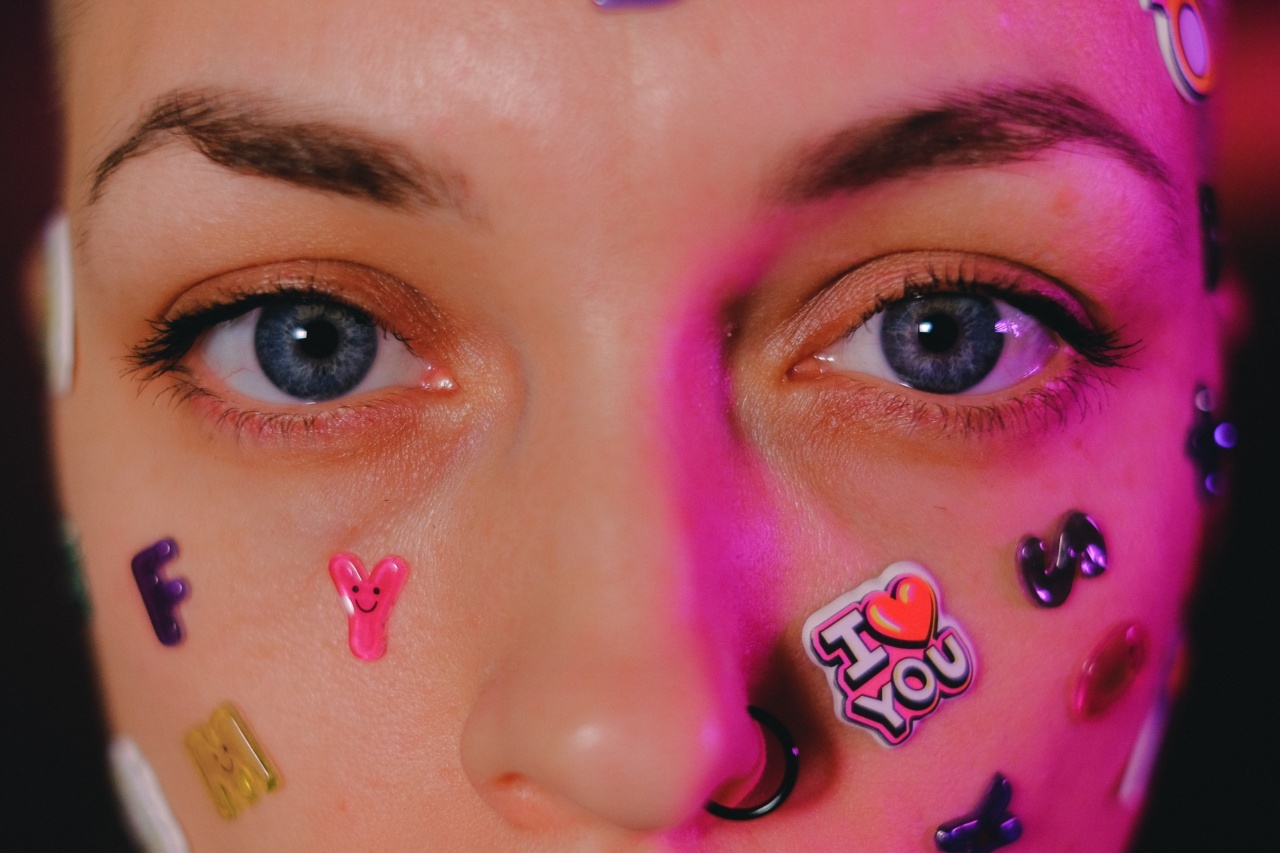Piercings have become increasingly popular in recent years, allowing individuals to express their individuality and personal style.
From earlobes to noses, eyebrows to belly buttons, there seems to be no limit to the body parts people are willing to pierce. While many piercings are relatively safe and free of complications, it’s essential to be aware of the potential risks involved.
This article will provide an in-depth look at piercing risks, ensuring you have all the information you need before getting pierced.
Common Types of Piercings
Before diving into the potential risks associated with piercings, it’s important to understand the different types of piercings available. Here are some of the most common types:.
1. Ear Piercings
Ear piercings are perhaps the most common and widely accepted form of body piercing. They can range from simple earlobe piercings to more complex cartilage piercings like tragus or helix piercings.
2. Facial Piercings
Facial piercings include nose piercings, eyebrow piercings, lip piercings, and cheek piercings. These types of piercings can enhance facial features and create a unique look.
3. Body Piercings
Body piercings can be done in various locations, such as the belly button (navel piercing), nipples (nipple piercing), or even the genitals. These types of piercings are often seen as more daring and provocative.
Potential Risks of Piercings
While piercings can be a great way to express yourself creatively, it’s crucial to be aware of the potential risks they pose. Here are some of the most common risks associated with piercings:.
1. Infection
One of the primary concerns with any piercing is the risk of infection. When the skin is punctured, bacteria can easily enter the wound, leading to an infection. Signs of an infected piercing may include redness, swelling, pus, and pain.
If you suspect an infection, it’s essential to seek medical attention promptly.
2. Allergic Reactions
Some individuals may be allergic to certain metals used in piercings, such as nickel. Allergic reactions can cause itching, redness, and swelling at the piercing site.
If you have known metal allergies, it’s crucial to choose hypoallergenic jewelry and inform your piercer about your sensitivities.
3. Keloids
A keloid is a type of raised scar that can occur around a piercing. This happens when the body produces an excess amount of collagen during the healing process, resulting in a raised, thickened scar.
Keloids can be itchy, uncomfortable, and may require medical intervention to treat.
4. Migration and Rejection
Sometimes, the body may reject a piercing, leading to its migration or complete rejection. Migration occurs when the piercing moves from its initial placement, while rejection refers to the body expelling the piercing altogether.
This can happen due to factors like improper jewelry choice, poor aftercare, or individual body response.
5. Nerve Damage
Depending on the location and technique used, there is a risk of nerve damage during a piercing procedure. This can result in numbness, tingling, or loss of sensation in the area around the piercing.
It’s essential to choose a reputable piercer who possesses the necessary skills and experience to minimize the risk of nerve damage.
6. Bleeding and Hematoma
Bleeding is a common occurrence during the piercing process itself. However, excessive bleeding or the development of a hematoma (a collection of blood) after the piercing can indicate a problem.
Hematomas can be painful, swollen, and may require medical attention if they do not resolve on their own.
7. Scarring
Scarring is a natural part of the body’s healing process, and it commonly occurs after a piercing. However, in some cases, the scar tissue may become hypertrophic or keloid, leading to more noticeable or unsightly scarring.
Proper aftercare and appropriate jewelry choices can help minimize the risk of excessive scarring.
8. Oral Health Issues
Oral piercings, such as tongue or lip piercings, can pose additional risks to oral health. They can damage teeth by causing chips, fractures, or excessive wear.
Additionally, oral piercings can lead to gum recession, increased saliva production, and difficulty with speech or chewing.
9. Tetanus and Bloodborne Infections
While the risk is relatively low, it’s crucial to ensure that the piercing equipment and environment meet proper hygiene standards. Tetanus is a bacterial infection that can occur when contaminated instruments are used.
Additionally, bloodborne infections, such as hepatitis or HIV, can be transmitted if proper sterilization procedures are not followed.
10. Difficulty Removing Jewelry
In certain cases, jewelry used for piercings can become embedded or stuck, making removal difficult. This can happen due to excessive swelling, tissue growth around the jewelry, or improper jewelry insertion.
Attempting to remove stuck jewelry without professional assistance can lead to further complications.
Conclusion
Piercings can be a great way to express yourself, but it’s crucial to be aware of the potential risks they carry.
By understanding the potential risks, practicing proper aftercare, and choosing a reputable piercer, you can minimize the likelihood of experiencing complications. Remember to consult with a professional piercer who can guide you through the process and provide appropriate care instructions.






























